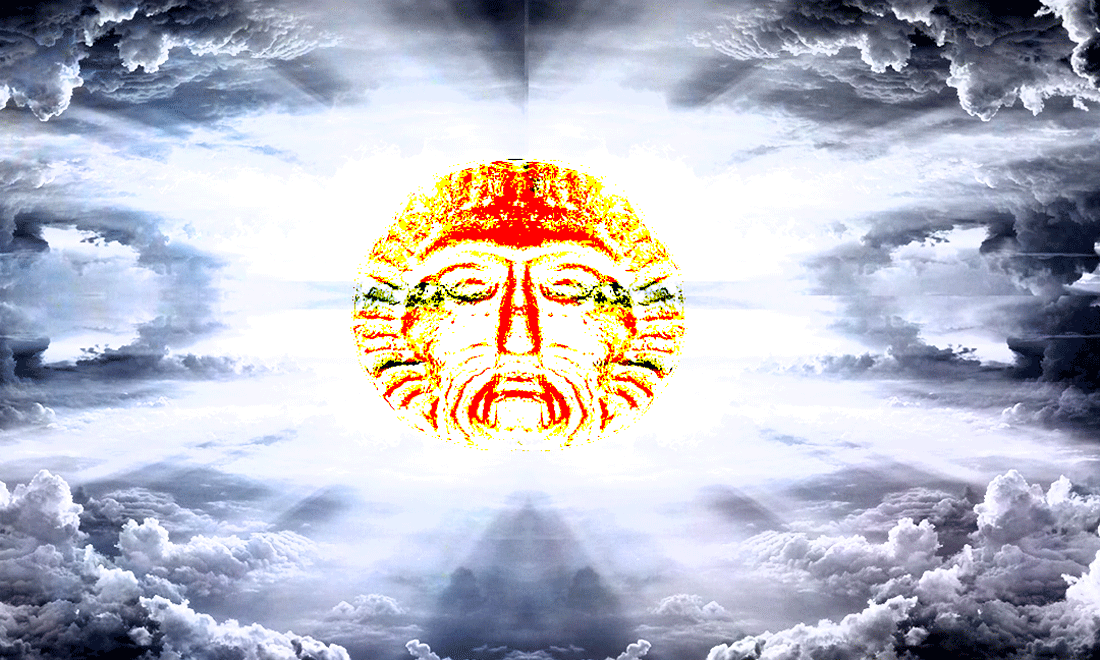
Do you know a place called Bel Air? How many hamlets have that name? One in each canton. France is full of them. And not just France! Here is a far from exhaustive list. We arrive at Bel Air, a place on a hill, sometimes with a point of view. So why Belair and not Bellevue? Or Bonair? But Bel Air, I don’t get it …
Bel Air
There is nothing to understand. That is a mistake. Bel Air has nothing to do with air, whether it is beautiful or not. Bel Air comes from the god Bel, also called Belen or Belenos, the most revered of the Celtic and Gaulish gods. His name was given to all its places of worship, innumerable in Gallic lands. Bel Air is not the original version, but a distortion due to forgetfulness, ignorance, simplification that make all things smaller, uglier, emptier.
It doesn’t matter! For the one who hears the language of the Birds, our Gallic past is still there.
Bel, Belen, or Belenos is a Gallic god — Belenus in Latin, Belen or Belin in the vernacular. Along with Teutatis, god of the earthly depths, he is the oldest and most widespread Celtic and Gaulish deity. Toutatis, Belenos and Belisama are the three gods commonly mentioned in Asterix comics.
Belenos in USA
Belenos is mentioned in numerous inscriptions in Cisalpine Gaul, Transalpine Gaul, Illyria and Norica. (wikipedia) He was adored not only in Britain and in all the Gauls, but also in Austria, Italy and Spain. In fact, wherever the Celts had settled.
Okay, but no Belenos worship can be found in the United States, too far away from ancient Celtic legends. So why are there so many Bel Air? It can’t come from Belenos.
Oh yes it does! Indirectly for instance. French people settled there and gave some high-rise neighborhoods the name they are used. Lots of French names have been given to American cities. A good amount of Paris, in addition to Paris Texas as made famous by the eponymous film. New Orleans has been La Nouvelle Orléans, Louisiana, a former French colony. Idem with Baton Rouge.
Bel Air is also the chic district of Los Angeles, that of the Fresh Prince in the TV series: he lives in Bel Air district. Not to mention the Chevrolet Bel Air, a must of a Chevy.
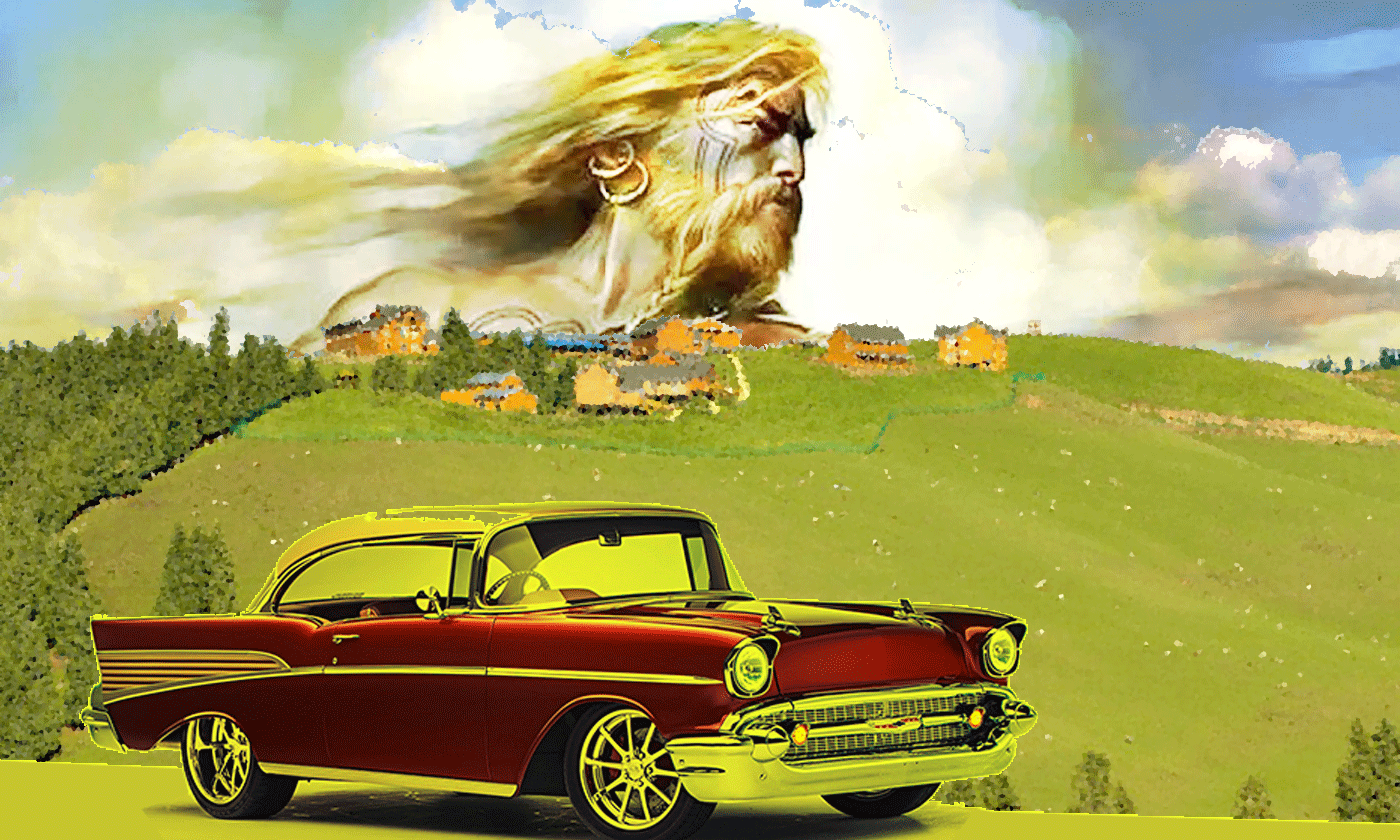
Bright Belenos
Belenos was described white and shiny. White is no surprise: all the older former gods were black skinned. Being one of the first white godes, Belenos was different. The difference must be underlined. Shiny is quite different. His aura is so bright that his face shines in the dark. It was sometimes likened to Apollo, also white and bright, as well as Lugh the luminous. He’s a Son of the Sun — Sun with a capital letter does mean Hyperborea.
Hyperborea is a mother ship of a gigantic size, since it could store in its holds four circular island ships of 3300km in diameter. (source) Some authors like Zecharia Sitchin preferred to use her Sumerian name, Nibiru, the wandering planet.
Sitchin’s comments on this moving planet are astute, but unrealistic. And above all, they show the eternal reluctance of researchers to admit that our past could have been hyper-technological. That is why I saw fit to set the record straight.
So Belenos is a luminous god like Lugh, he embodies the Sun and its rays. He comes from Hyperborea. Sometimes he is associated with thunder. Like almost all former gods, he uses lightning to destroy his enemies. Is it the fire of the sky or the one that comes out of his dreadful mouth? Could Belenos be a dragon like Hashem, Yahweh, Sabaoth, Yaldabaoth, or Balor? Could the dragons come from Hyperborea?
One of his symbols, the ram-headed snake, brings him closer to Rama. This could show the reptilian origin of Rama. Ama, the Great Goddess, is reptilian too. Why not Rama? Belenos sometimes holds a caduceus, symbol (or weapon?) of Hermes.
Toth, teuth, tuath: the people
Belenos was honored on May 1, during the feast of Beltaine or «Beltene» in Ireland, that is to say «the fires of Belenos»; this one marks a break in the year, the passage from the dark season to the bright, luminous season. (wikipedia)
Like the place names Bel air, Belmont can come from the same root, as can Belenton, Barenton. (wikipedia) For me, no doubt. We can also add Tombelaine, the lengendary island in Mont Saint Michel bay.
Tombelaine, Tomb Belen, the tomb (or tumulus, tomb in ancient French) of Belen. We can add Billingsgate, Billing Gate: London district. The sites dedicated to Belenos are mostly located on heights. This accredits the relationship of Bel-Air and Belenos.
Lugh was the warlord of the Tuatha Dé Danaann and the grandson of the giant Balor, leader of the Fomoires, their mortal enemies. Tuatha de Danaann is usually translated, without any other certainty, by the children of the goddess Dana. She is an avatar of the great goddess Ana — if not the great goddess herself.
Like their best enemies the Fomoires, the Tuatha come from the Four Islands of the North, another name of Hyperborea. Knowing that these northern islands were aboard the mother ship of the great goddess, the Tuatha are indeed her children.
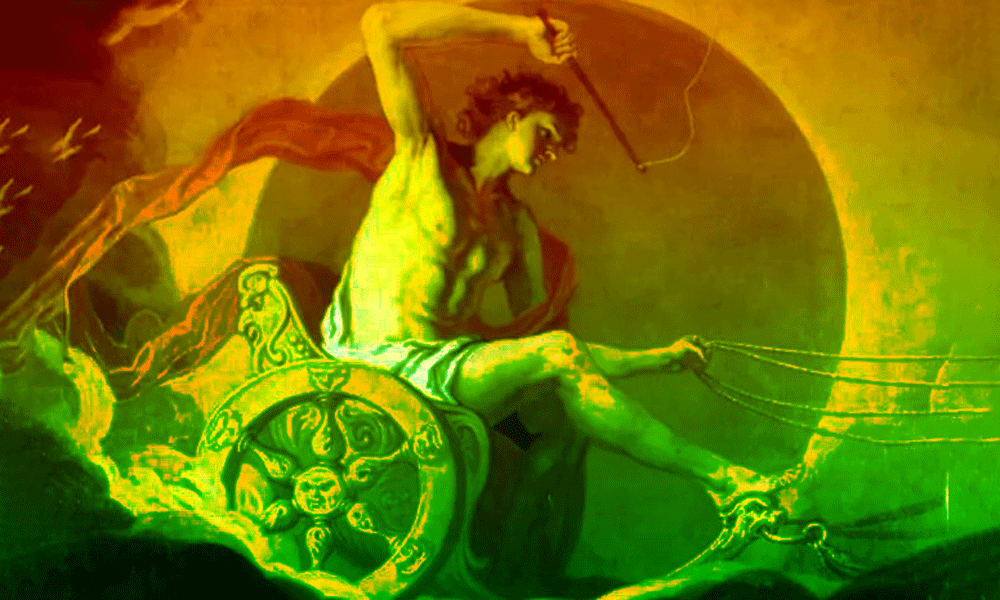
The People of Atys
As I explained, Toth, Tuath, Touth, Teth and other comparable sounds means people in the language of origin. So Toutatis does not designate a man but a people, like Toth. Or like Tethys, the people of Ys. And like Tuatha, the people of Dana.
Similarly, Toutatis can translate into the people of Attis. Attis or Atys (in ancient Greek Ἄττις/ Áttis or Ἄτυς/ Átus or Ἄττης/ Áttês) is a deity of Phrygian origin, parèdre of the goddess Cybele, of which he is both son and lover. It can be compared to Adonis, parèdre of Aphrodite – Astarte, or Tammuz, parèdre of Ishtar. (source)
Dumuzi / Tammuz is coveted by the Great Goddess Inanna / Ištar, who compares him to a powerful bull she calls to plow her vulva. Their loves are a magnificent erotic poem that is reminiscent of the Song of Songs.
“In Mesopotamian mythology, Dumuzi / Tammuz is a mortal, shepherd of his state and husband of the goddess Inanna / Ištar. His misfortunes are counted in one of the oldest myths identified in the Mesopotamian civilization, the Descent from Ištar to the Underworld.
Ištar has come down to visit the Underworld, the domain of his sister Ereškigal, who take her prisoner and in her absence, all life dies on earth. But through the god Enki / Ea, a solution is found: Ištar is released if she designates someone to replace her. Back on land, Inanna sees her husband lounging in pleasant company. Jealous, the Great Goddess designates him to take his place in the Underworld. Following the cries of Dumuzi’s sister, Geštinanna, his situation is adjusted: he remains in the Underworld only for part of the year and is replaced by his sister during the other part.“
Tammuz or Rama?
Tammuz is a shepherd; so is Rama. Tammuz is a Taurus; Rama is a Aries. Tammuz was the husband of Ishtar Inanna; so was Rama, who married the Great Goddess Anna. When Inanna is absent, nothing goes on Terra: Tammuz her husband had only love in mind. When Ama is absent, nothing goes on Terra. Rama Zeus had only love in mind.
Dumuzi Tammuz is another name for Rama, as Zeus, as Baal… His legend focuses on a little-known aspect of Rama’s life. Neither India nor Tibet spoke of it. Simply because Dumuzi Tammuz is the Rama of the Middle East. In Assyria he was just beginning his long migration to the east, which was to last forty years. So every country he crossed and conquered tells us what he witnessed.
If Atis is none other than Tammuz, who is also called Dumuzi, then the people of Atys are those of Rama. Toutatis, People of the Sea, those of Rama, the valiant Celtic warriors who left their country of origin to conquer the planet which the gods called Terra.
Decidedly, not only is your name no longer, but you have developed an amazing multi-millennial strategy to blur your track under a hundred different faces.
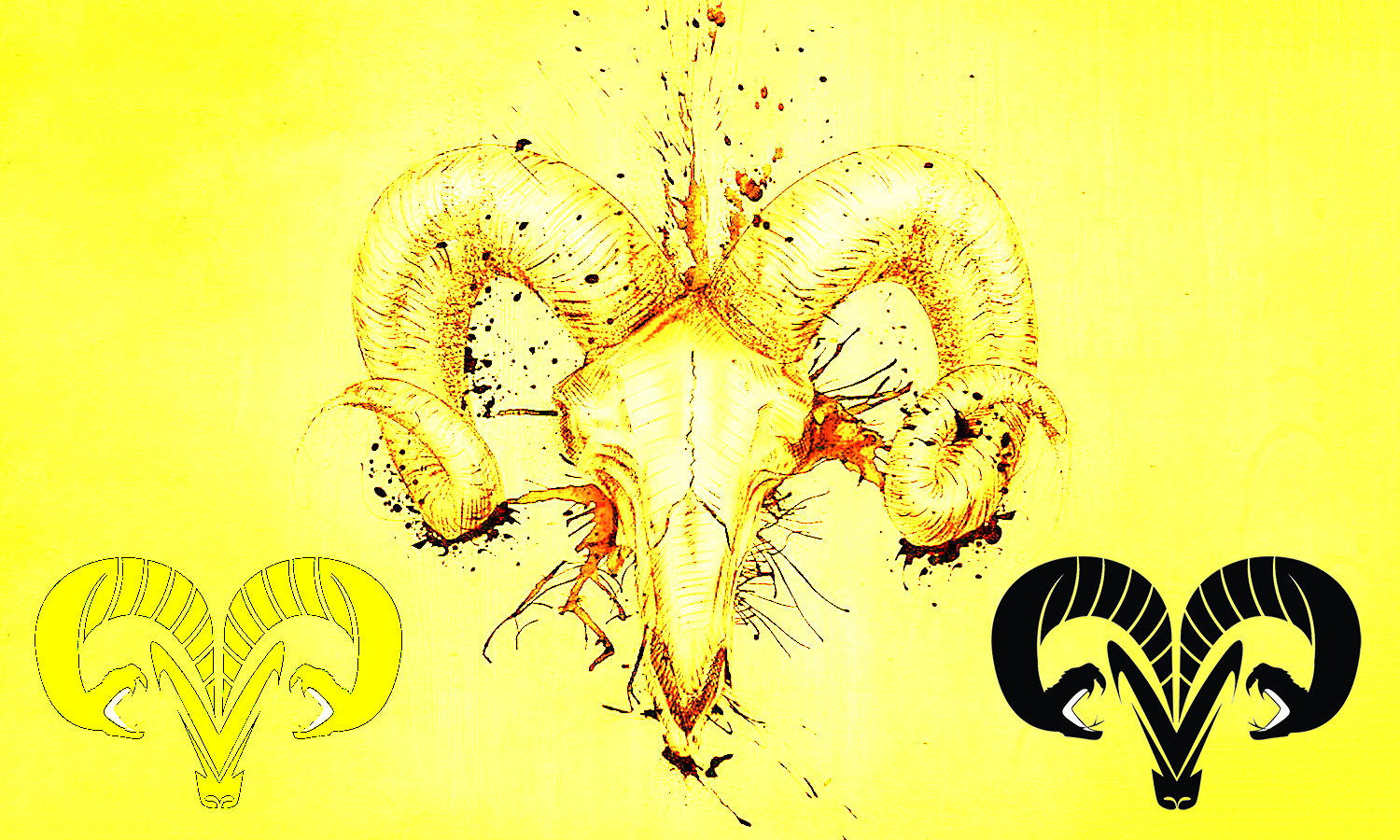
The Odyssey of Lama
To follow the adventures of Rama in his odyssey towards the Far East, one must dive into all the local legends.
In Assyria, he was just beginning his long eastward migration, which was to last forty years. Thus each country he has crossed and conquered tells us what he witnessed. In the Middle East, he was a young and handsome prince with a penchant for luxury:
Tammuz = t’amuses (you have fun) says the Language of Goslings.see further Or else: Tue ta muse (kill your muse) …
In Tibet, the end of his long journey that lasted 40 years, he is the old sage named Lama. First mythical Buddha, he taught an archaic Buddhism to the semi-wild inhabitants of the Tibetan highlands, the Böns.
The sound R does not exist in this area. They substituted the L instead. So Rama became Lama.
Those of Rama
If Atys is none other than Tammuz, also called Dumuzi, then the people of Atys are those of Rama, Teutates. Remember teut, tuath, toth means the people in the golden tongue.
Whether they are the People of Below or the People of the Sea, those of Rama are the valiant Celtic warriors who left their homeland to conquer the land, which the gods called Terra.
Incredible fate of yours, Rama. Not only is your name no longer, but you have developed an astonishing millennial strategy in order to blur your trail under a hundred different faces. At that little game, tu Tammuz bien (you have fun).
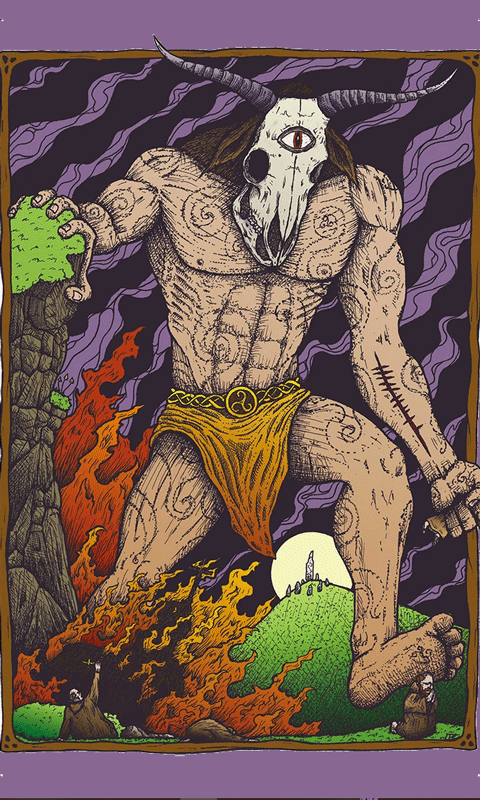
Belen et Balor
The word Belenos, officially, comes from the Celtic balanos, white, shiny. I see an interesting connection with Balor, also brilliant, dragon with fiery breath that could vitrify the walls, turning the ruins into cities of glass, or white cities. Could Balor also come from balanos?
Yet this etymology is disputed. Belen could have many other origins. In Spanish, Bethlehem is called Bélen, which also refers to the Christmas crib. One finds the parallel between the Semitic languages and the Gaulish, as shown by the strange kinship of Carnac in Brittany and Karnak in Egypt, or of Bolbec in Normandy and Baalbek in Lebanon, to mention only these two striking examples.
Ar = Al
Everything happens as if close ties had once united these two peoples, the inhabitants of the two Bretagnes with the inhabitants of the eastern Mediterranean. Strange relatives have struck me for a long time.
The undefined article is the same, the only difference being the pronunciation: ar = al.
The best proof is the almanac, a word that etymologists derive from Arabic. I disagree. Manach in Breton is the monk. Guess who brought the almanac to the countryside of old? The monk, of course. Let the children greet by dancing and singing: ar manach! ar manach!
This little book came once a year as the exceptional distraction of the time. Thus ar manach became an almanac. ar = al. The Breton pronoun became the Arabic pronoun. And many Arabic words beginning with al owe much to their Celtic origin.
This Breton monk deserves the respect of Cognac amateurs, because he also gave his name to an old province of France, Armagnac … a delight to consume in moderation.
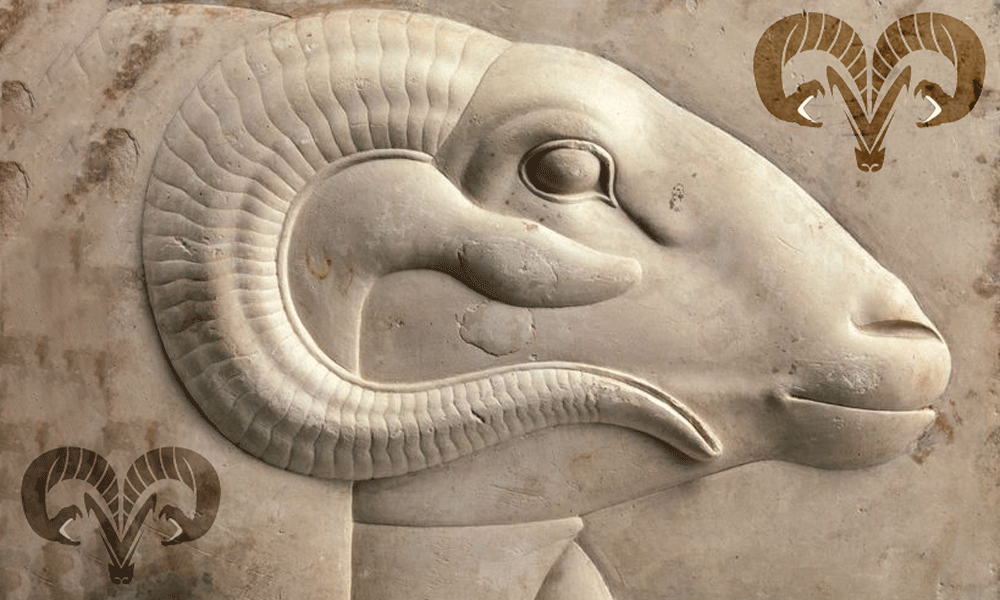
Help! Goslings!
In short, I do not pretend to be heard from dusty researchers who persist in ignoring the Breton roots of the French language. Never mind, I’ll get over it. But they’re wrong.
In order to leave this etymological quarrel that divides specialists and will always do, I like to resort to the Language of Goslings. What it teaches us is always exciting, and contrary to the dubious meanders of deciduous etymology, it is constantly renewed and remains within everyone’s reach. It is a game that I invite you to practice without moderation. It never lies and ever shows the truth behind the shadow.
Bel + en + os, Bel + in + os = Belier + en + Osiris, identification of Belenos to Rama and Osiris, two fundamental gods of Terra.
Let’s do the same with Belisama, parhedron of Belenos:
Bel + Is + Ama = Belier ie Ram + Isis + Ama — identification with Rama + Isis + Ama, two avatars of the primordial Great Goddess.
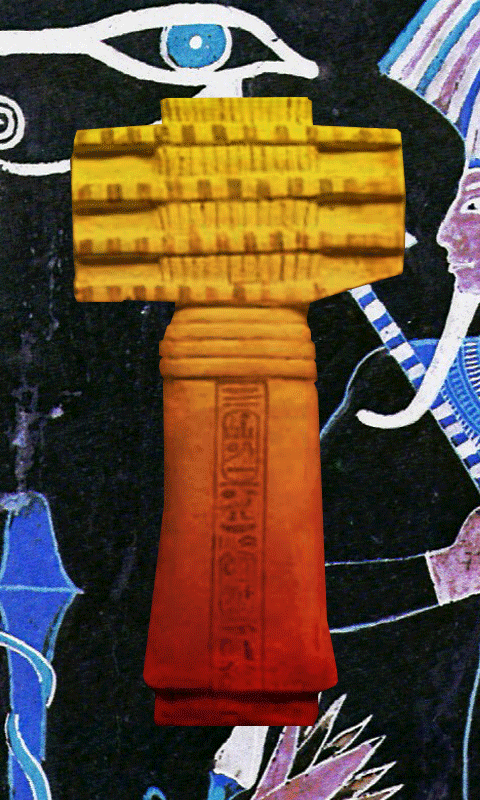
The Ram God in Egypt
Banebdjedet or Khnoum, god with ram’s head, reigned over the area of the first cataract from which the waters of the flood appeared. He made the first living beings appear on his potter’s wheel.
In Egyptian mythology, many deities occupy an essential place, each with its unique characteristics and stories. Among them, Banebdjedet, the ram god, stands out for his power and symbolism. It is first of all a creator god, equivalent to Prometheus in the Greeks or Enki Ea in the Sumerians.
Since he created the human being on his potter’s turn, he also identifies with the biblical god who shaped the first humans with clay. The earth of the potter was also used by the Goddess Inanna, paredros of Enki Ea.
The Djed Pillar
Banebdjedet was often associated with other deities, such as Ra or Ra, Osiris and Horus. The legendary Egyptian makes him the son of Ra, the sun god, who is none other than Rama. As for Osiris, we have seen that Bélénos is also associated with it. The Gallic god being also a son of rama or Ra, the Sun of hyperborea, one is entitled to wonder if Bélénos and Banebdjedet are not the same god under two names.
Baneb + djed + etand = Baneb and djed
or:
Baneb djed e(s)t = Baneb is djed
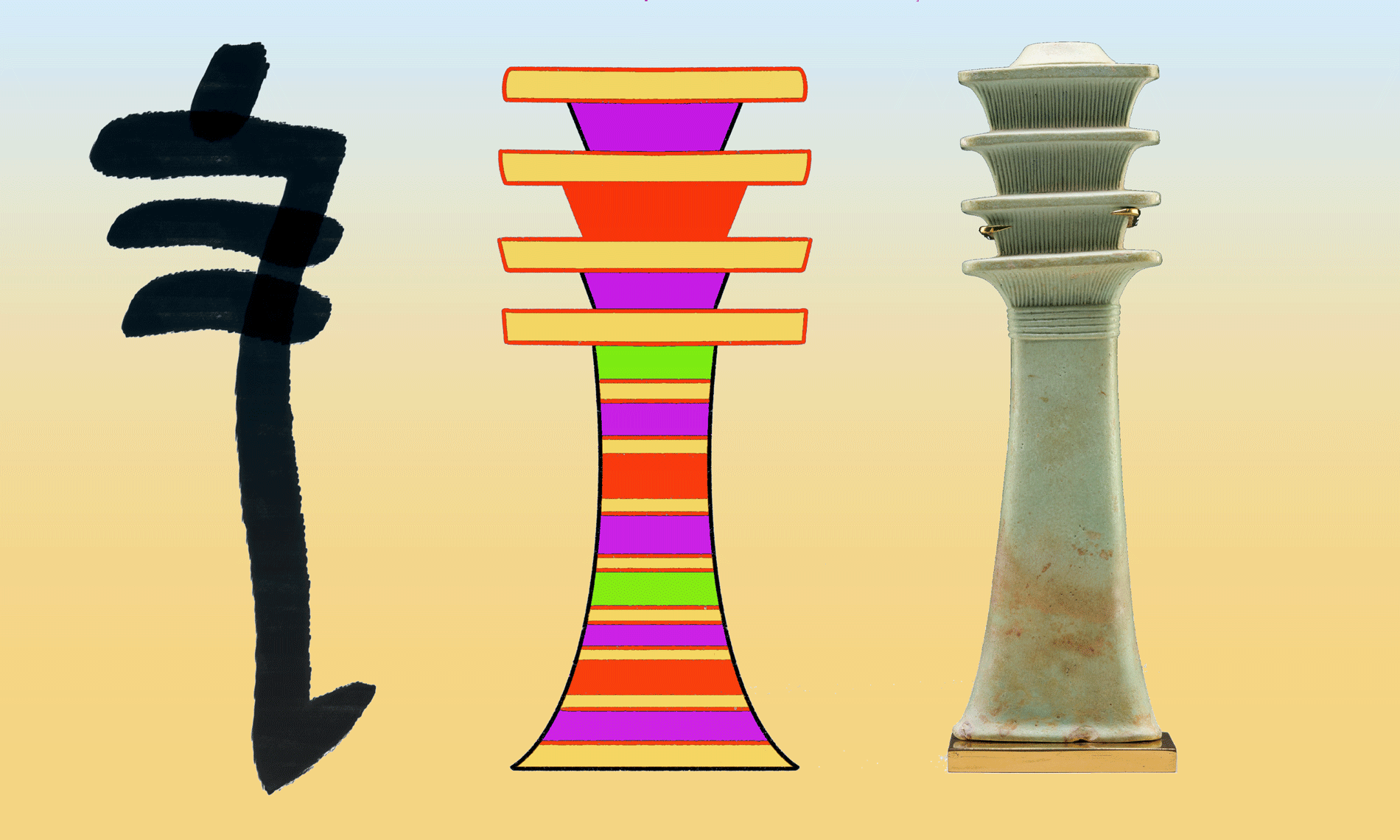
Baneb could be an alteration of Belen. Djed mentions the djed pillar, which Egyptologists take for a symbol.
I don’t adhere to this mania of calling a symbol what we don’t understand. Easy shortcut, symbolism is a recent invention. The ancients showed real objects, realistically represented. As these objects have disappeared, they cannot be identified. And it does not occur to any specialist to wonder if it is not a technological object.
The link of the Djed with Osiris, –even Sokar, god of the dead and one of the oldest gods in Egypt– seems indisputable. Remains to know where, when, how, and why, Sokar god of the dead was identified with Khnoum / Banebdjedet, another god of the dead who guided them through the meanders of the lower world.
God of chance and the dead
Scholars emphasize the importance of Banebdjedet in funeral rites and the renewal of life after death. What accentuates his resemblance –or his kinship? — with Osiris and his secret.
This door that I partially open is not an emergency exit but the beginning of a next visit. You will follow me step by step in a discovery even more surprising in the article Prince Osiris of Atlantis.
If this quest fascinates you, discover who the People of Osiris were and also why his father had him wear from a young age crushing crowns with quasi-divine powers. Osiris is not a god like all the others. Greek and Roman pantheons frequently cite the same gods under different names.
Patriarch of a trilogy that would have been the source of the Holy Trinity, discover the powerful trio Isis, Osiris, Horus. The Mother, the Father, the Son. A trio less macho than the ‘holy’ trinity.
Osiris, Apollo, Belenos, Bel, Baal — so many names for one man! Or for one god?
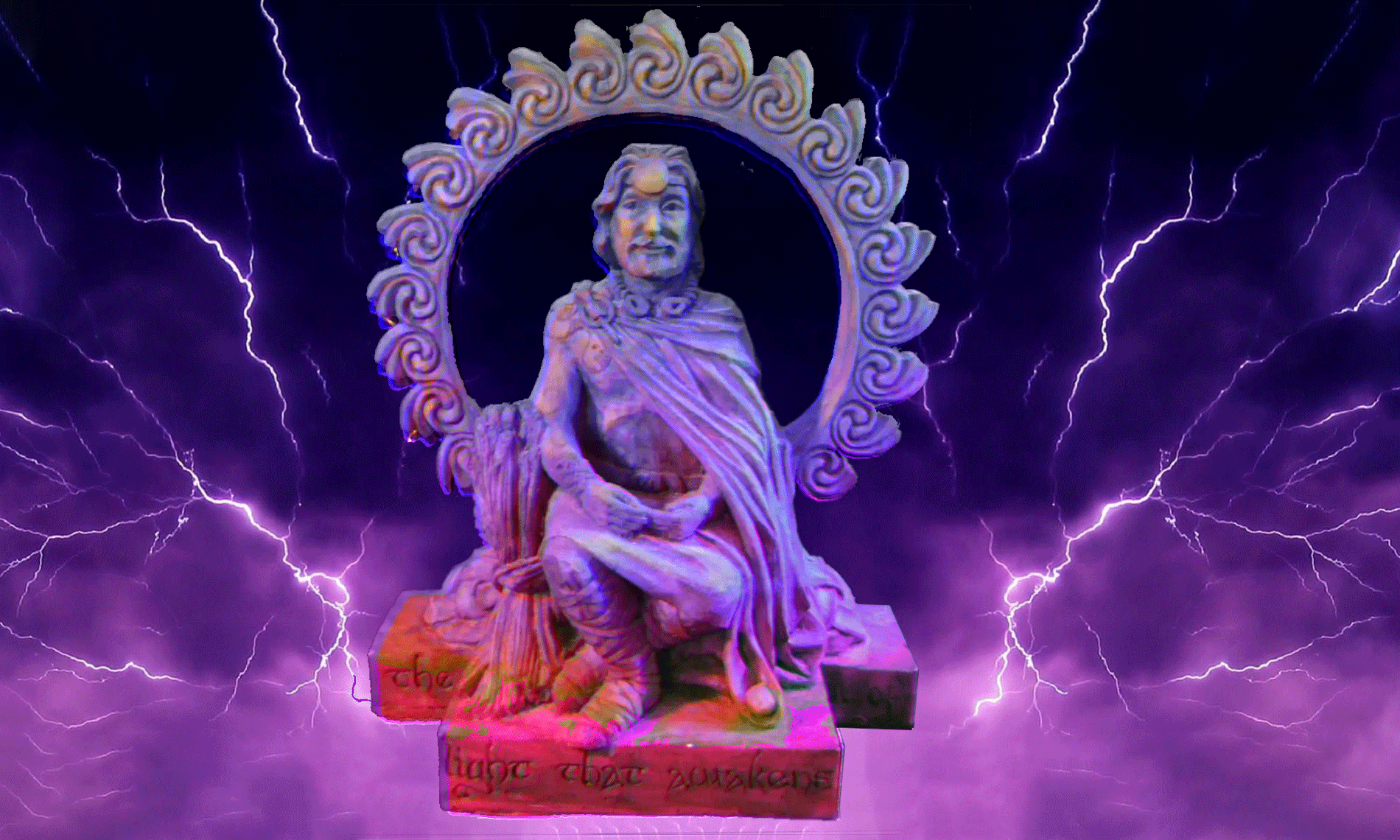
Egypt of the Lion
- Flying Egyptians
- The Puzzling Glyphs Of Abydos
- Cement Made Pyramids?
- Isis, Osiris, Horus
- Eternal Trinity
- Ptah Power
- Ptahhotep the Awakener
- The Pineal Gland
- The Great Pyramid Mystery
- Ka and Ba in Egypt
- The Sphinx Riddle
Europe of the Bull
- Legendary Cows
- The Name Of God
- Wild Europe
- Cernunnos
- The Bronze Age
- Atlantis in Europe
- Doggerland, The Middle Earth
- Back To The Stars
- Mysterious Kabir
- Cuchùlann of Ulster
- The Western Empire
- Indians Of Europe



